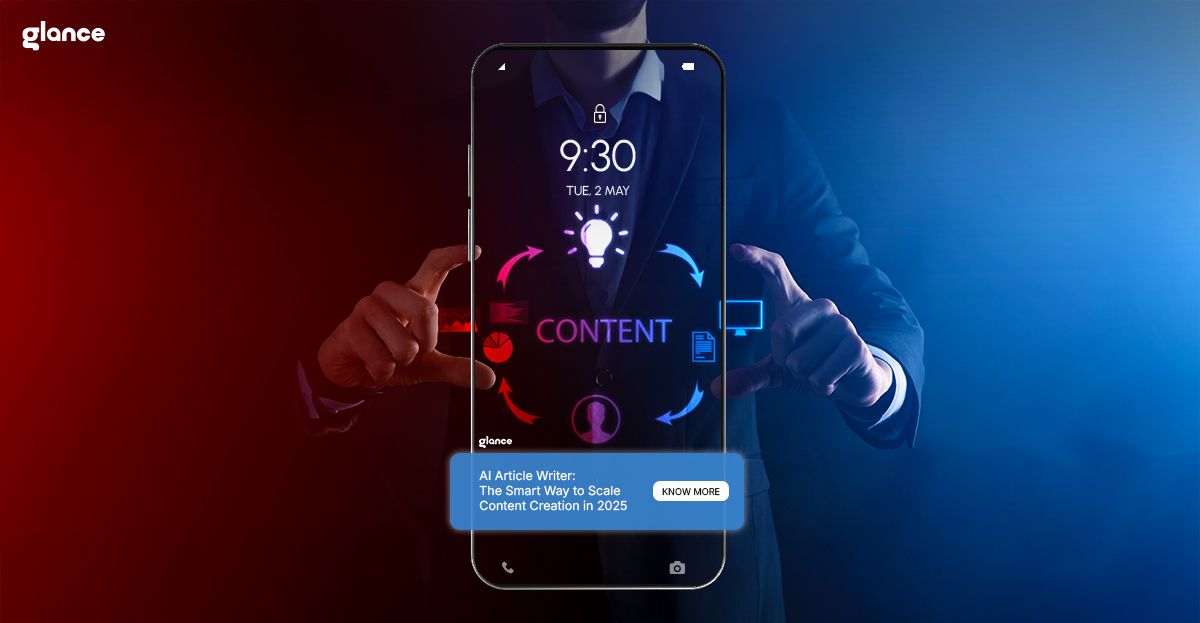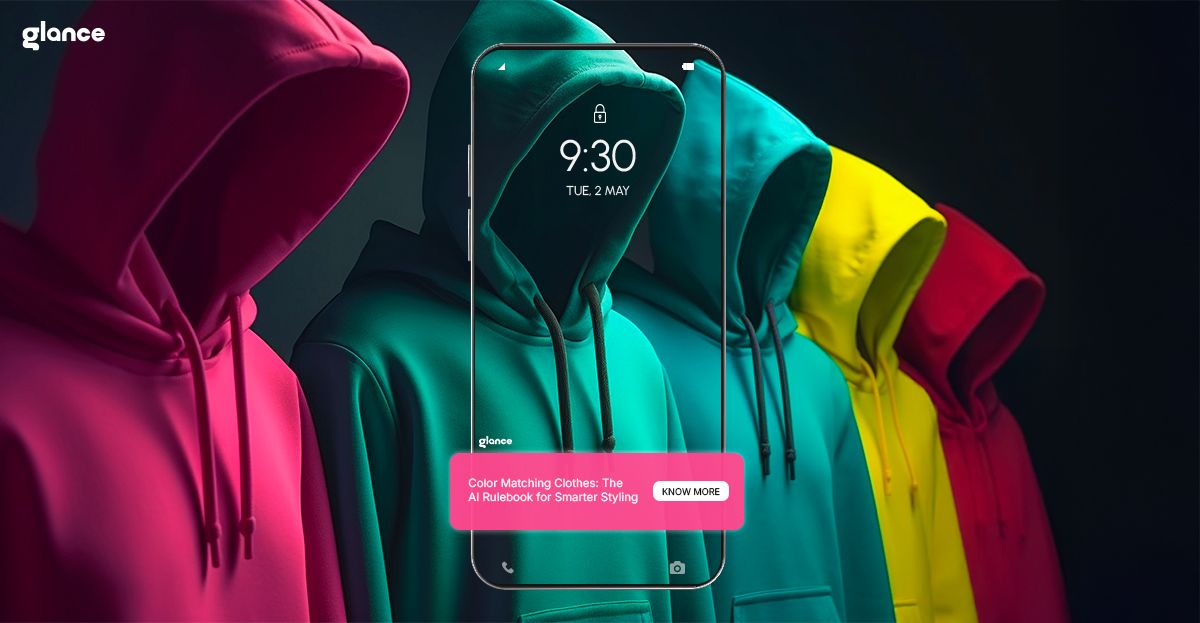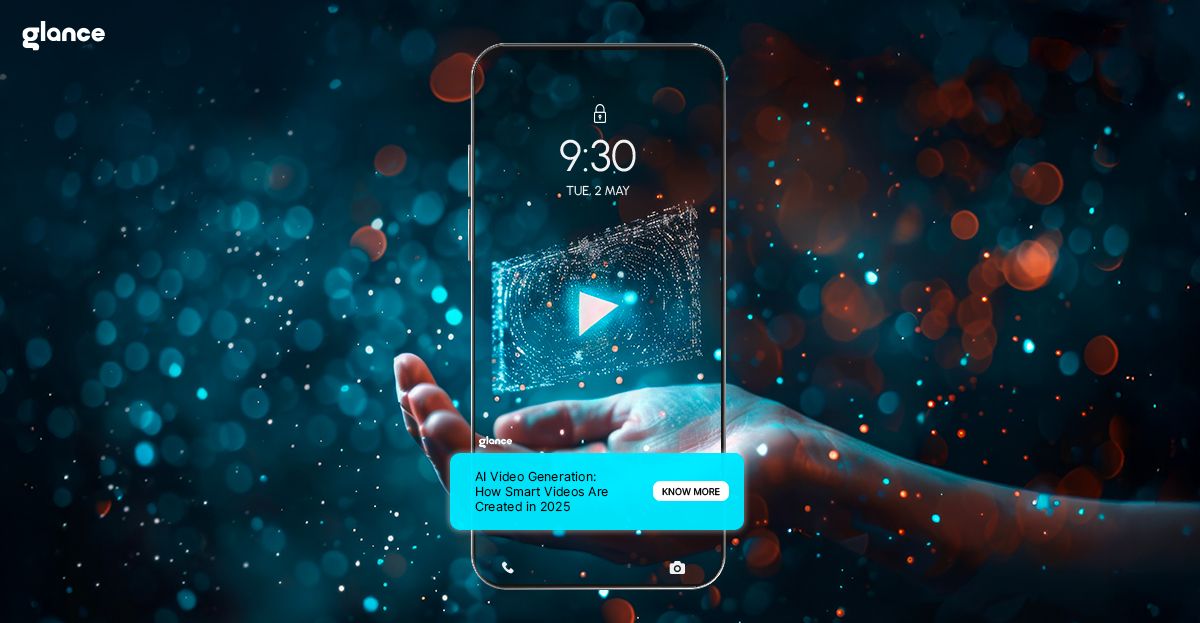AI Story Writer: Top Tools & How They Work in 2025
How Generative AI in Creativity is Transforming the Creative Industry?


In recent years, Generative AI has emerged as one of the most disruptive forces reshaping the creative industry. Defined broadly, generative AI refers to artificial intelligence systems capable of creating original content—from images and music to writing and design—often indistinguishable from human-created work.
Generative AI is prompting a profound shift in the creative sector. Early fears that AI would replace human artists and writers are giving way to a more nuanced understanding: generative AI is best seen not as a threat, but as a tool for creativity augmentation and new forms of artistic expression. Let’s explore how generative AI in creativity is revolutionizing creative workflows, the challenges it poses, and what the future holds for creatives and businesses alike.
Understanding Generative AI’s Role in Creativity
Generative AI is changing the way we create. Instead of just helping with basic tasks, it's now becoming a creative partner. From generating paintings to writing stories, this technology is learning how to be part of the creative team.
What is Generative AI?
It’s a type of artificial intelligence that learns from tons of data (like images, videos, or text), then uses that learning to make something new — like a digital artwork, a song, or a blog post.
The Technology Behind Generative AI
GANs (Generative Adversarial Networks): Think of two AIs—one creates an image, the other checks if it looks real. They keep competing until the result is stunningly lifelike.
Transformers: These models are great with language. They power tools like ChatGPT and can write stories, scripts, or even jokes.
Diffusion Models: These start with random “noise” and refine it step-by-step into clear, detailed images or videos. Great for digital design and animation.
AI as a Creative Partner, Not a Replacement:
Artists, designers, and writers are now using AI to brainstorm ideas, speed up boring tasks, and try out new creative styles they wouldn’t think of alone. It’s like having a very smart assistant who’s also full of surprises.
New Kinds of Creative Work Are Emerging:
Instead of doing everything by hand, creatives are learning how to guide AI—selecting the best results, refining them, and adding the human emotion and meaning that AI can’t replicate.
Transformative Impacts Across Creative Domains
Generative AI’s influence extends across various creative fields, often in striking ways:
Visual Arts
In digital art and design, AI-generated images and style transfer techniques enable artists to produce novel artwork or transform existing photos with the brushstroke of famous painters. Platforms like DALL·E or Midjourney have popularized AI art, blurring the line between creator and machine. Automation tools streamline mundane tasks such as background removal or color correction, empowering artists to focus on conceptual innovation.
Music
The music industry has embraced generative AI for composition and sound design. AI systems can create original pieces in various genres or assist producers in remixing tracks by suggesting beats and instrumental layers. This democratizes music production, enabling even non-experts to craft quality sounds. AI tools like OpenAI’s Jukebox exemplify how artificial intelligence can simulate stylistic nuances of iconic musicians.
Writing and Journalism
AI-powered writing assistants accelerate content creation by generating drafts, headlines, or even entire articles. They support journalists in summarizing information or producing real-time reports, allowing human writers to concentrate on analysis and storytelling depth. The combination of AI and human creativity here is a clear example of co-creation with AI tools enhancing efficiency without compromising quality.
Advertising and Marketing
One of the most impactful applications lies in advertising. Generative AI fuels personalized content at scale, dynamically tailoring visuals, messages, and campaigns for diverse audiences. This accelerates ideation cycles, reduces costs, and improves engagement. Companies like Adobe and Google are pioneering AI-driven creative suites that integrate seamlessly into marketing workflows, demonstrating significant business impact.
Apart from these, the creative potential of generative AI extends far beyond traditional arts and media. Platforms like Glance harness AI’s ability to generate personalized shopping experiences and dynamic news updates in real-time, blending creativity with consumer relevance. Just as artists collaborate with AI to innovate, Glance’s AI-powered workflows create hyper-tailored content feeds that adapt instantly to user preferences.
Navigating Ethical, Legal, and Societal Challenges of Generative AI in Creativity
Despite its promise, generative AI raises critical concerns that cannot be overlooked:
Intellectual Property: Who owns AI-generated content? When an AI is trained on copyrighted works, the boundaries between original and derivative blur, complicating ownership rights and licensing.
Ethical Issues: Bias embedded in training data can perpetuate stereotypes or cultural insensitivity. Authenticity is questioned when machines produce art traditionally tied to human experience and emotion.
Job Displacement: While AI creates new creative roles, it also disrupts traditional jobs, prompting creatives to evolve their skillsets rapidly to remain relevant.
Regulation: The regulatory landscape around AI-generated content is still nascent, requiring industry standards to ensure responsible use and protect creators’ rights.
Addressing these challenges requires collaboration between technologists, artists, policymakers, and legal experts to balance innovation with responsibility.
Future Outlook for the Creative AI Revolution
Looking ahead, generative AI will continue to evolve rapidly:
Technological Advancements: We expect more sophisticated models capable of multi-modal creativity—integrating text, visuals, audio, and even haptic feedback. Real-time co-creation with AI assistants will become standard.
Skill Development: Creatives need to upskill in AI literacy, understanding how to guide models, evaluate outputs, and leverage AI as a collaborator. Organizations must invest in continuous learning programs.
Human-Centric AI: The future lies in designing AI systems that prioritize human values, creativity, and agency, supporting rather than replacing artistic expression.
Collaborative Ecosystems: Creative industries will likely see new workflows where AI is embedded at every stage—from ideation to production and distribution—enabling richer, faster, and more diverse creative outputs.
Conclusion
Generative AI is fundamentally transforming the creative industry by reshaping how art, music, writing, and marketing content are produced and experienced. Far from replacing human creators, AI is becoming a collaborative partner that enhances creative potential, streamlines workflows, and unlocks new business opportunities.
It is also empowering day to day experience for individuals with platforms like Glance.
FAQs
1. What is generative AI and how does it transform creativity?
Generative AI uses models like GANs and transformers to create original content, augmenting creative workflows and enabling collaboration between AI and humans in art, music, writing, and design.
2. How does AI-assisted creative processes impact industries like advertising and marketing?
AI-driven content creation tools enable personalized, scalable campaigns by automating ideation and production, boosting efficiency and allowing marketers to focus on strategic innovation.
3. What ethical challenges arise with AI-generated content in creative work?
Key ethical concerns with AI generated AI include copyright, authenticity, cultural bias, and job displacement fears.
4. How can businesses realize ROI from generative AI in creative industries?
Companies adopting AI-powered creative workflows see monetization opportunities through faster content production, personalized user experiences, and new revenue streams driven by AI innovation.



